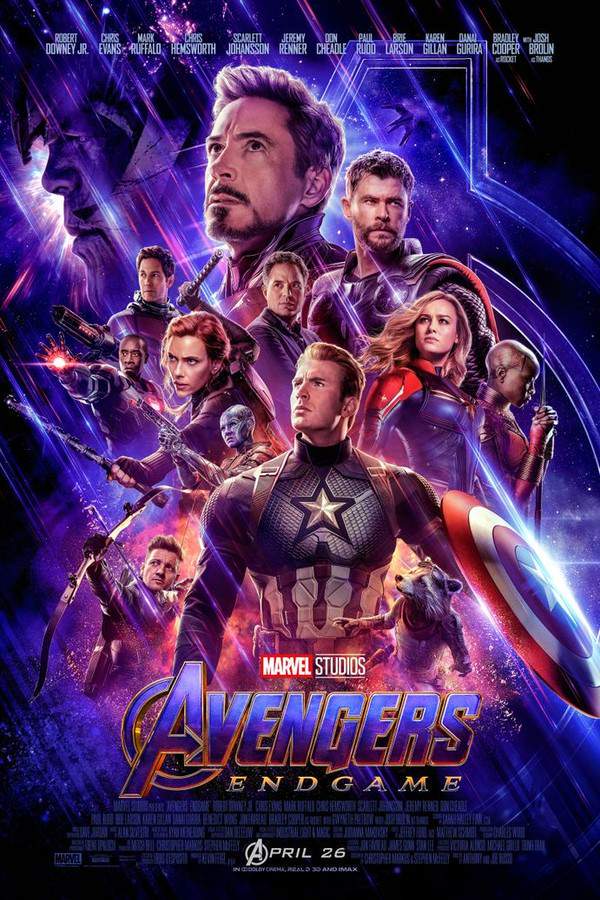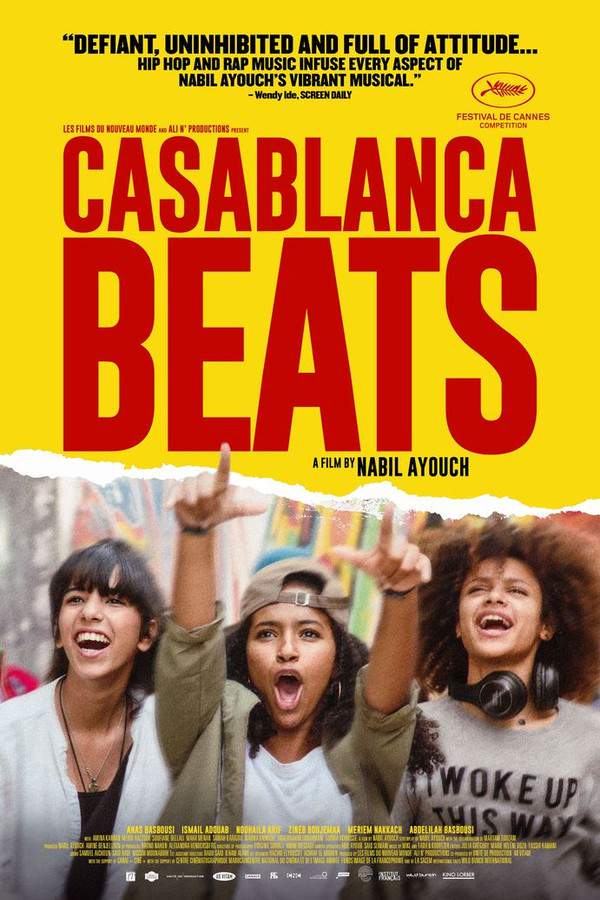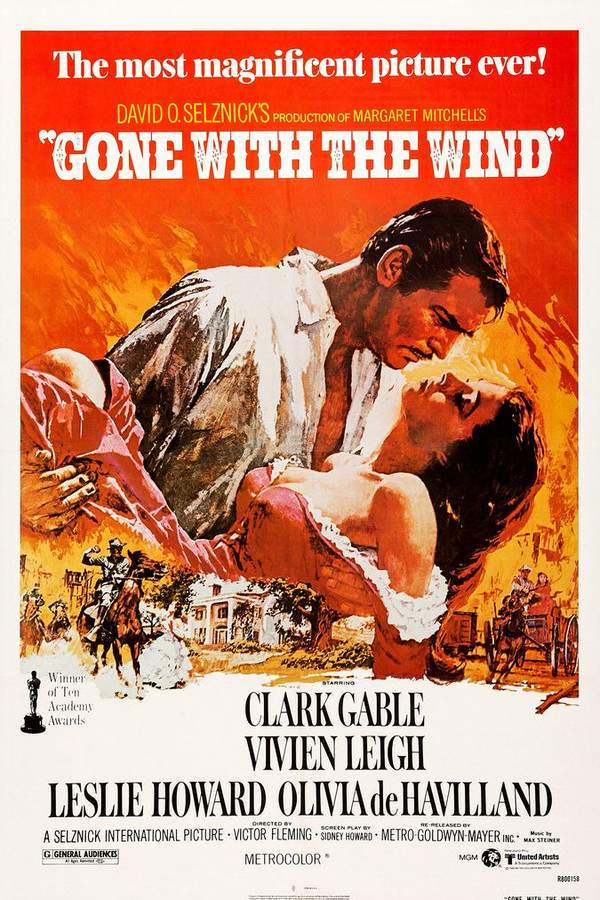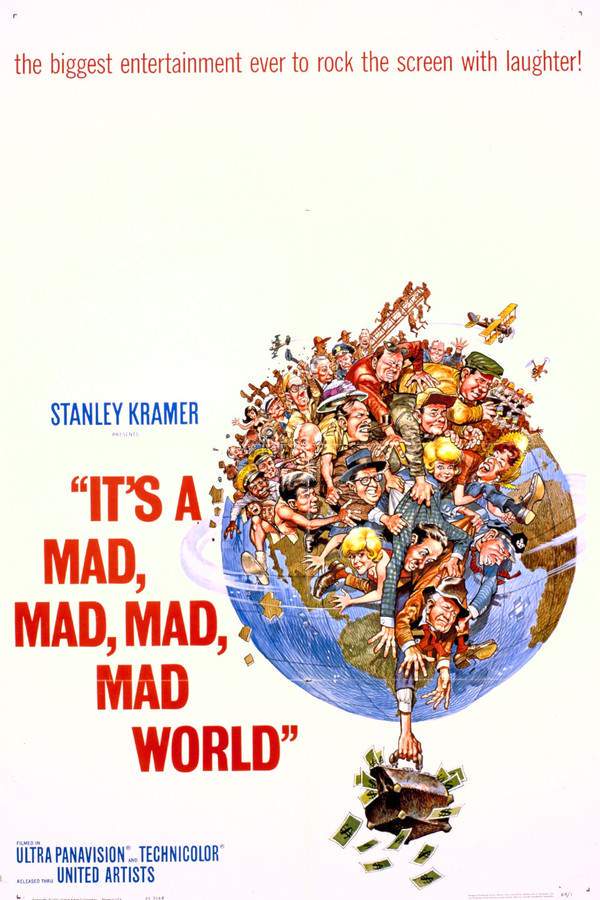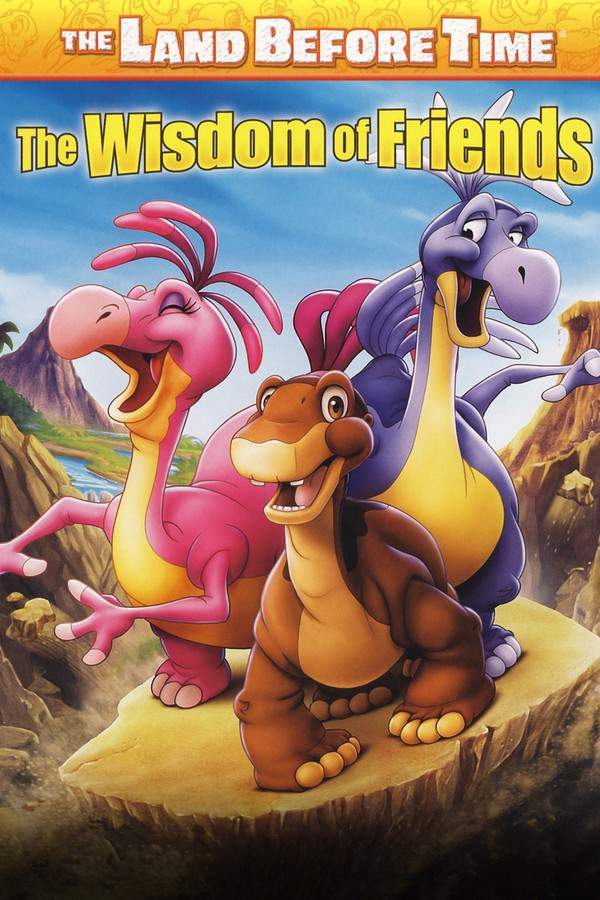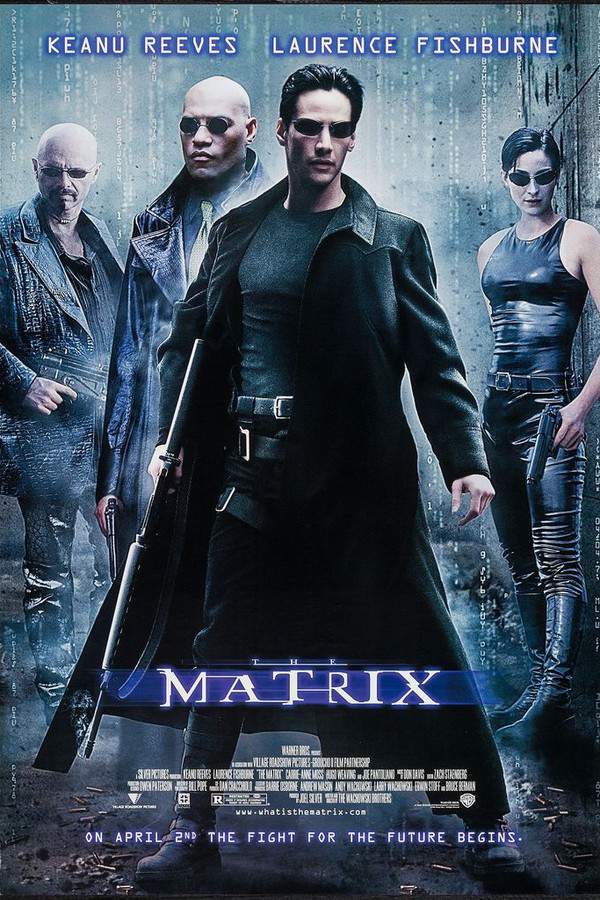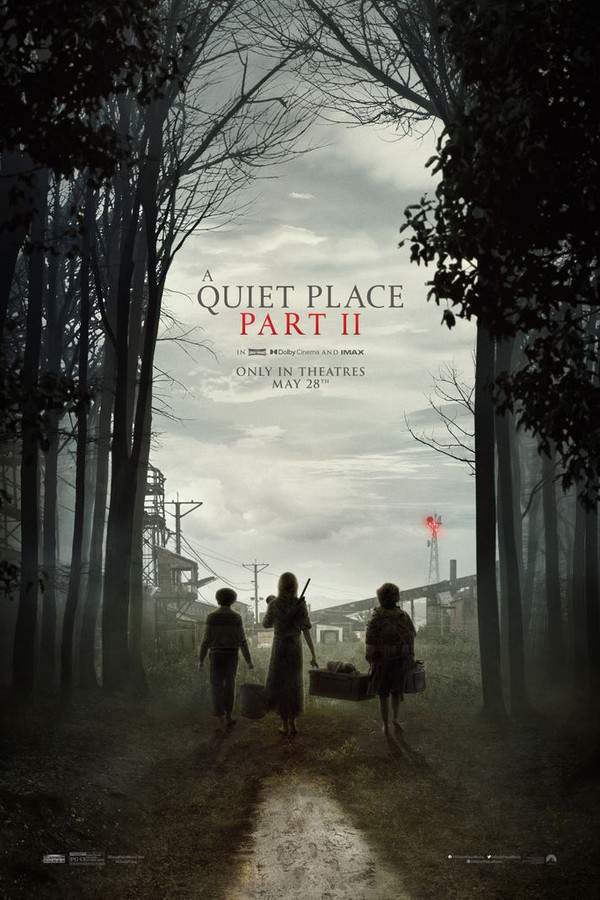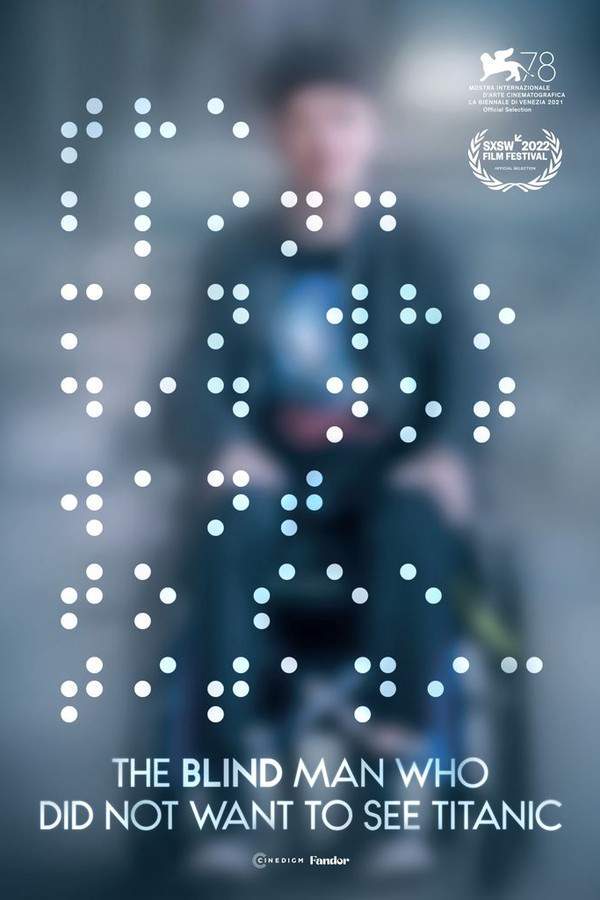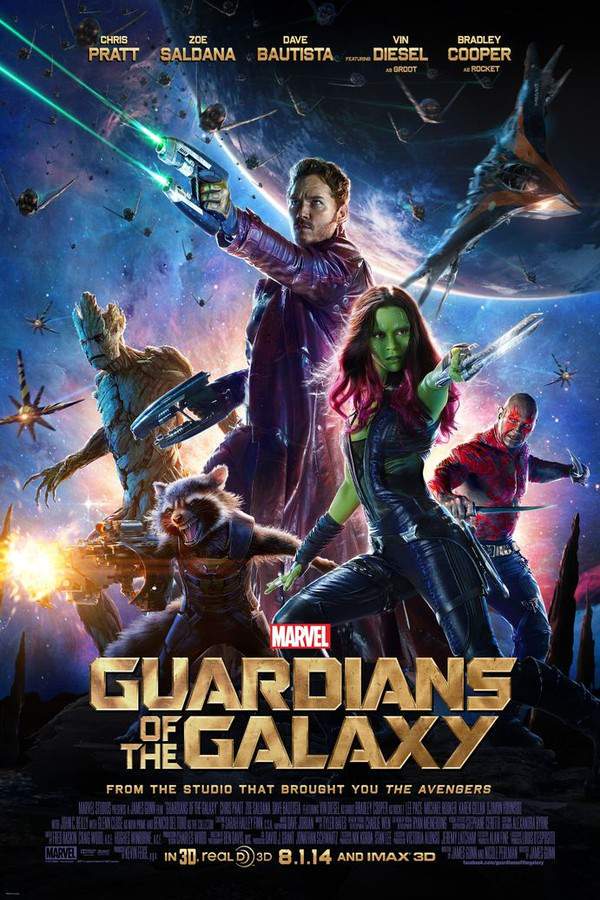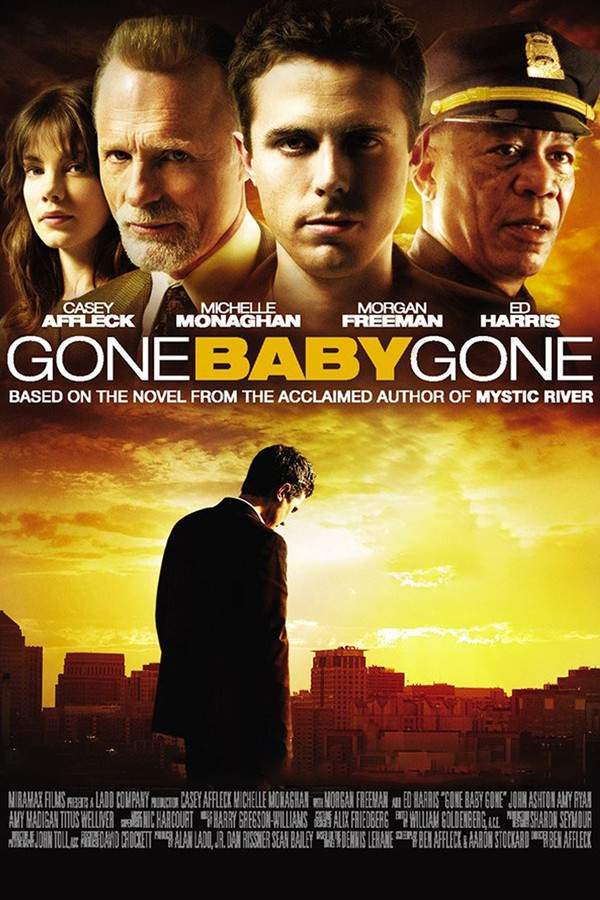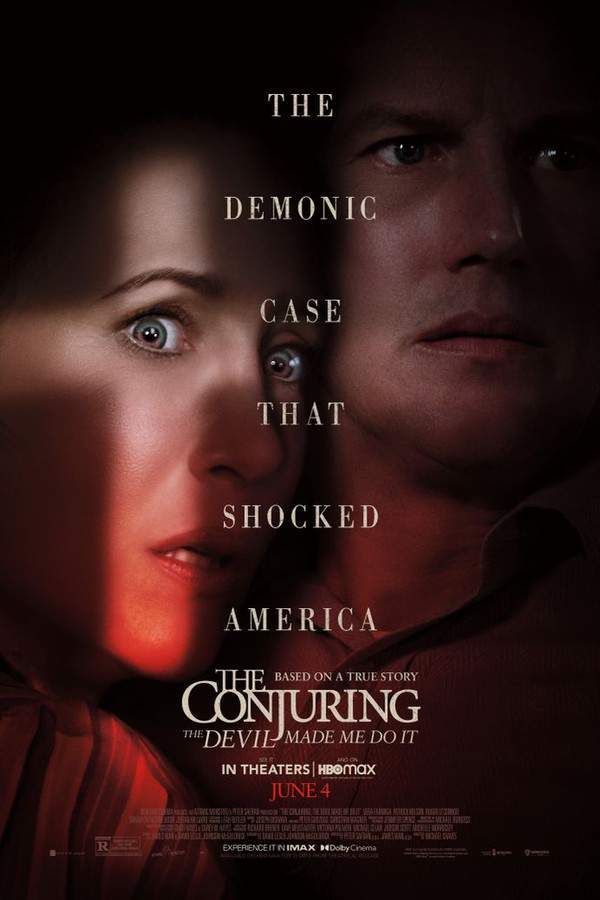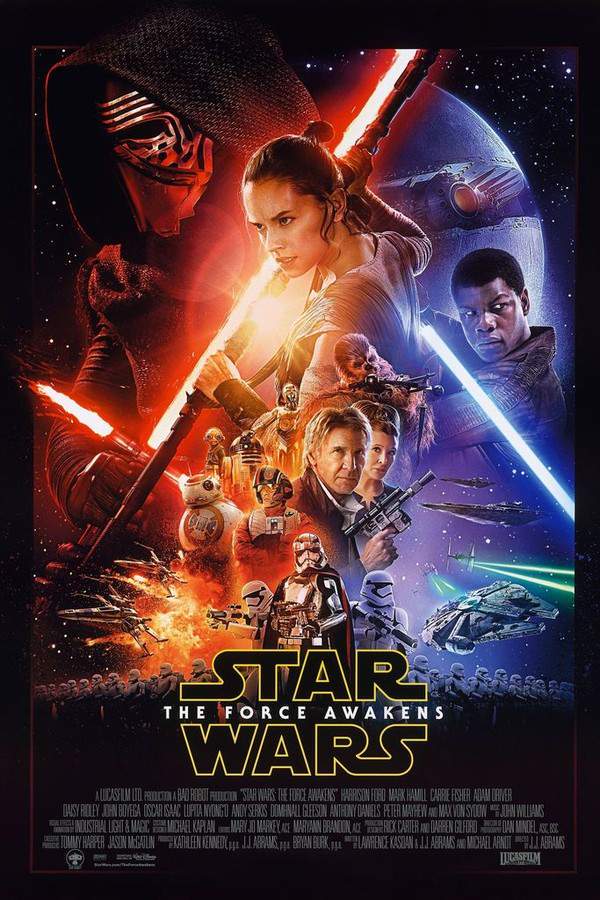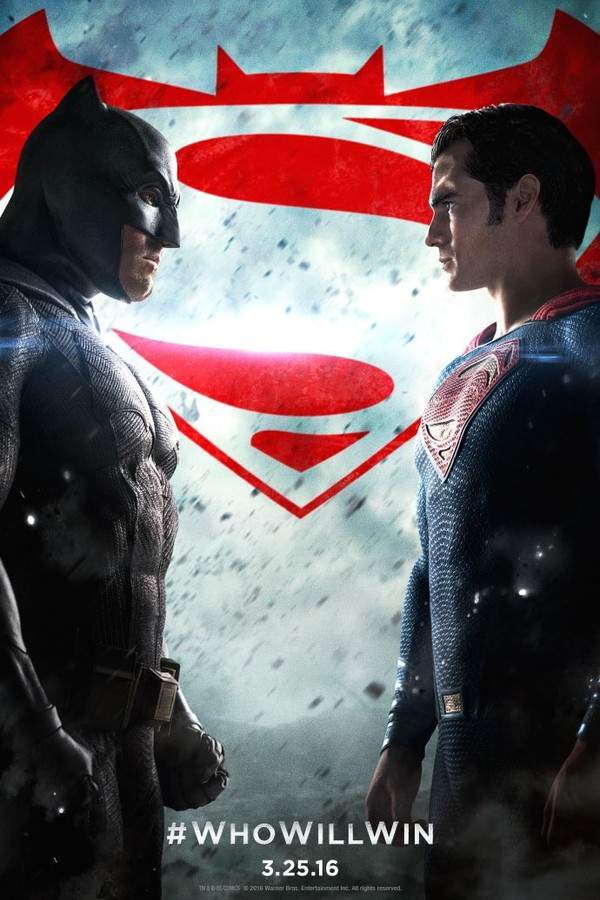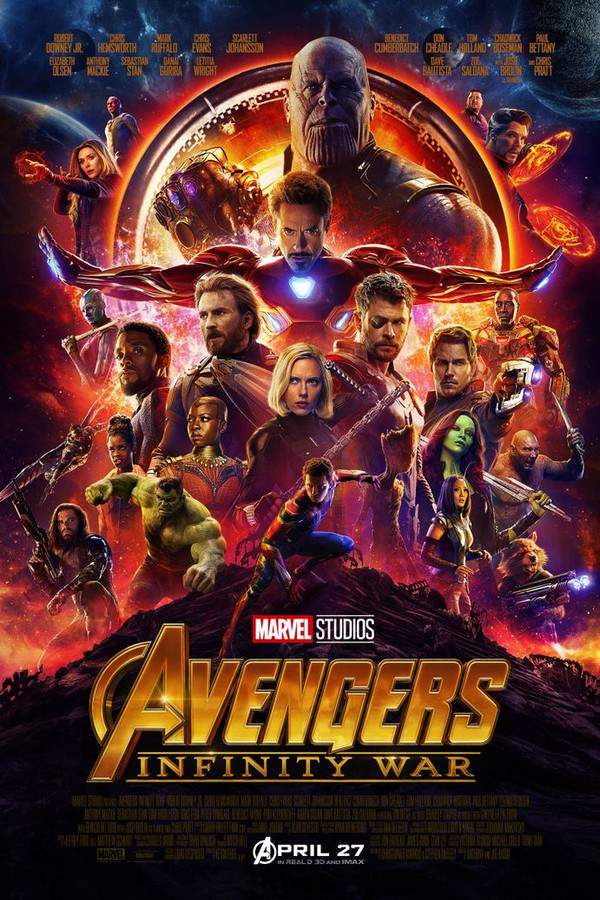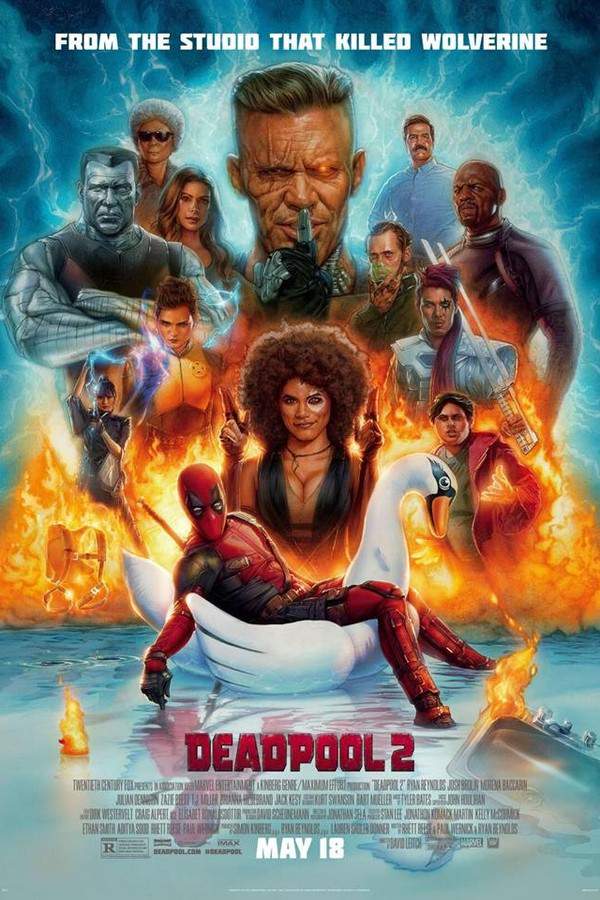What's After the Blog?
Trailers • Cinema
The Art of the Movie Trailer: How Previews Shape Expectations
Discover the art of movie trailers and how they shape our expectations, from storytelling and psychology to the impact of social media on audience engagement.
January 21, 2024

Movies mentioned in this article
The Art of the Movie Trailer: How Previews Shape Expectations
Introduction
Movie trailers are much more than mere previews; they are an art form that plays a pivotal role in the film industry. These short clips, often lasting no more than a couple of minutes, are the first glimpse audiences get of a new film. They set the tone, establish expectations, and can be the deciding factor in whether a moviegoer chooses to see a film. In today’s digital age, where viewers can discover upcoming films with a simple click on platforms like What’s After the Movie (ATM), trailers have become an essential marketing tool, often as eagerly anticipated as the films themselves. A well-crafted trailer can generate buzz and excitement, leading to opening weekend success, while a poorly executed one can dampen audience enthusiasm.
Trailers also serve as a fascinating insight into the movie’s theme and style. They can hint at the narrative without giving away too much, tease the audience with stunning visuals, or captivate with a powerful soundtrack. For instance, the trailer for Inception masterfully introduced the film’s complex concept of dream manipulation without spoiling its intricate plot. On the other hand, the trailer for Avengers: Endgame skillfully balanced showcasing epic moments while keeping key plot developments under wraps. These trailers not only heightened audience anticipation but also set the stage for the cinematic experience that awaited.
The Evolution of Movie Trailers
The history of movie trailers dates back to the early days of cinema, evolving significantly over the decades. Initially, trailers were simple and straightforward, often consisting of a series of clips from the film with minimal editing or additional effects. These early trailers were more about informing audiences of the film’s existence rather than enticing them. However, as the film industry grew and competition increased, trailers evolved into more sophisticated marketing tools. They began to incorporate creative editing, compelling voiceovers, and carefully selected music to capture the essence of the film and attract audiences.
This evolution can be seen when comparing the classic trailers of the 1950s, such as Casablanca or Gone with the Wind, with modern trailers like those for Mad Max: Fury Road or La La Land. The former focused more on presenting the plot and showcasing the star-studded cast, while the latter use dynamic editing, thematic music, and carefully crafted narrative hooks to create an emotional connection with the audience.
The 1990s and 2000s saw a significant shift in trailer design, with the introduction of digital editing tools and the increasing importance of the internet and social media in marketing strategies. Trailers became more than just a series of clips; they were now mini-movies, often with their own narrative arc, designed to engage and entice the viewer. The trailer for The Matrix, released in 1999, is a prime example of this shift. It combined mysterious and intriguing visuals with an intense soundtrack, effectively capturing the film’s innovative approach to sci-fi.
In summary, the evolution of movie trailers reflects the changing landscape of film marketing and audience expectations. From simple informative clips to complex, emotionally charged mini-films, trailers have become an essential element in the cinematic experience, setting the stage for what’s to come and leaving audiences eagerly anticipating more.
(Continued in Next Sections)
Crafting a Trailer: More Than Just a Teaser
Creating a movie trailer is a delicate balancing act. It must reveal enough to pique interest but not so much that it spoils the plot. A successful trailer is a blend of storytelling, editing, sound design, and marketing strategy. The key is to capture the essence of the film - its tone, style, and theme - in a way that resonates with the target audience. For instance, the trailer for Inception was a masterpiece in this regard. It introduced the film’s complex concept through a series of intriguing visuals and a haunting soundtrack, creating an air of mystery that left audiences craving more. Similarly, the Avengers: Endgame trailer achieved a perfect balance between showcasing the film’s grand scale and preserving its numerous surprises, creating immense anticipation without revealing key plot points.
The editing of a trailer is critical. It’s not just about selecting the right scenes; it’s about creating a narrative that aligns with the film’s story but is also compelling in its own right. The trailer for Joker, for instance, used a non-linear narrative, jumping between different timeframes to portray the protagonist’s descent into madness. This style of editing created a sense of disorientation and intrigue, mirroring the film’s exploration of mental illness and societal neglect.
Sound design, too, plays a crucial role. A well-chosen soundtrack or an effectively placed sound effect can elevate a trailer from good to great. The chilling use of sound in the A Quiet Place trailer, for example, immediately immerses the viewer in the film’s tense, silent world. The sparing use of sound highlights the movie’s unique premise, where noise equals danger.
”What Makes a Movie Trailer Memorable?” - Addressing the Query
One question often pondered by movie enthusiasts and filmmakers alike is what makes a trailer truly memorable. A memorable trailer is one that stays with the viewer long after they’ve seen it, either through its storytelling, visual impact, or emotional resonance. Iconic trailers, like that of The Matrix, achieved this by introducing a novel concept with visually stunning effects and a gripping narrative hook. The trailer not only captured the revolutionary nature of the film but also left a lasting impression due to its unique presentation and intriguing premise.
Another aspect that contributes to a trailer’s memorability is its ability to evoke emotions. The Titanic trailer, for example, masterfully blended romance, drama, and disaster, reflecting the film’s emotional depth and epic scale. It resonated with audiences by portraying the human element of the story, making it more than just a disaster film.
In addition, a trailer can become memorable by cleverly using music to set the tone and mood. The trailer for Guardians of the Galaxy is a prime example, where the use of upbeat, retro music immediately established the film’s fun and quirky tone, differentiating it from other superhero movies.
In summary, a memorable trailer is one that skillfully combines storytelling, visual flair, sound design, and emotional impact to create a lasting impression on its audience. It’s an art form that requires creativity, understanding of the film’s essence, and awareness of the audience’s expectations.
(Continued in Next Sections)
The Psychology Behind Trailers: Building Anticipation and Expectation
Understanding the psychology behind movie trailers is crucial to comprehend how they shape audience expectations. Trailers are designed to tap into the viewers’ emotions, pique their curiosity, and create a sense of urgency. They often employ psychological techniques to achieve these goals. For example, the trailer for Gone Girl masterfully uses suspense and mystery to draw the audience in. It presents just enough of the storyline to intrigue viewers without giving away any crucial plot twists, leaving them eager to uncover the truth. This technique of revealing just enough information to spark interest but not enough to satisfy it is a common tactic used in successful trailers.
The use of music and visual imagery also plays into the psychology of trailers. Fast-paced, upbeat music can create a sense of excitement and anticipation, as seen in action-packed trailers like Mad Max: Fury Road. On the other hand, slow, haunting melodies can evoke a sense of dread or suspense, as utilized in the trailers for horror movies like The Conjuring. Visually, trailers often use quick cuts and high-impact images to grab the viewer’s attention and leave a lasting impression. The trailer for Avatar, with its stunning visuals of an alien world, is a prime example of how powerful imagery can captivate an audience.
”Do Trailers Spoil the Movie?” - Tackling a Common Concern
A frequent concern among moviegoers is whether trailers spoil the movie by revealing too much. This debate is as old as the movie industry itself. On one hand, trailers need to provide enough content to attract audiences, but on the other hand, revealing too much can ruin the movie-watching experience. The key is finding the right balance. Some trailers, like the one for Star Wars: The Force Awakens, are praised for their ability to generate hype without giving away significant plot details. Others, like the trailer for Batman v Superman: Dawn of Justice, have been criticized for revealing major plot points, including the appearance of key characters, thus diminishing the element of surprise.
The challenge for filmmakers and marketing teams is to entice the audience with the essence of the film while preserving its mystery. This requires a careful selection of scenes and moments for the trailer that are enticing but not too revealing. The trend towards teaser trailers and short clips has been a response to this challenge, offering glimpses of the film without divulging too much. Ultimately, the goal of a trailer is not to spoil the movie, but to create an appetite for the full cinematic experience, encouraging viewers to watch the film in its entirety to uncover all its secrets.
(Continued in Next Sections)
Trailers and Social Media: A New Era of Engagement
The advent of social media has revolutionized the way movie trailers are released and consumed, ushering in a new era of audience engagement. Platforms like YouTube, Twitter, and Instagram have become vital channels for trailer distribution, enabling studios to reach a global audience instantly. Social media has not only made trailers more accessible but has also allowed for real-time feedback and discussion among viewers. The impact of this change is evident in the way trailers go viral, often becoming trending topics within hours of release. A notable example is the trailer for Avengers: Infinity War, which set a record for the most views in its first 24 hours, largely driven by social media sharing and discussions.
This new landscape has also led to innovative marketing strategies. Studios now create teaser trailers, countdown posts, and even trailer-release trailers, all aimed at building hype and anticipation on social media. For instance, the teaser campaign for Deadpool was a masterclass in using social media to create buzz. The film’s star, Ryan Reynolds, used his personal social media accounts to release witty and irreverent content related to the film, generating significant interest and engagement from fans. This social media buzz can significantly impact a film’s opening weekend performance, as a well-received trailer can lead to widespread word-of-mouth promotion.
Conclusion
As we’ve journeyed through the world of movie trailers, it’s clear that they are much more than just previews of a film. They are a critical component of the movie industry, intricately designed to capture the essence of a film and ignite the audience’s imagination. The art of trailer-making combines storytelling, psychology, and marketing to create a piece that not only informs but also entices and excites. Whether through suspenseful teasers, breathtaking visuals, or clever social media campaigns, trailers continue to play a vital role in shaping our expectations and experiences of movies.
We invite you to continue exploring the fascinating aspects of cinema by visiting more articles on our blog at What’s After the Movie (ATM). From in-depth analyses of movie trends to behind-the-scenes insights, our blog is a treasure trove for movie lovers. Don’t forget to explore ATM’s main feature, where you can find out if your favorite movies have end-credit scenes, along with other detailed information like descriptions, revenue, actors, directors, ratings, and summaries.
Continue reading

What's After the Movie?
Not sure whether to stay after the credits? Find out!
Explore Our Movie Platform
New Movie Releases (2025)
Famous Movie Actors
Top Film Production Studios
Movie Plot Summaries & Endings
Major Movie Awards & Winners
Best Concert Films & Music Documentaries
Movie Collections and Curated Lists
© 2025 What's After the Movie. All rights reserved.


